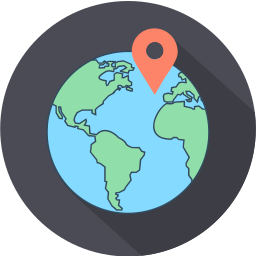
Unique model makes Sweden one of the most fiber connected nations
Continuous expansion of the fiber network in Sweden connects more and more of the sparsley populated country, and Sweden is to be one of the top countries in the world in fiber connectivity.
Fiber optic networking means sending data through glass or plastic threads not thicker than one strand of hair. The transmission is made with light sent through the cables and then converted to electrical impulses at the destination.
An optical fiber cable has more or less unlimited capacity and since the information is sent with light pulses it can travel much faster than in the copper wires previously used for internet over DSL. The drawbacks to fiber are its price and the time it takes to dig down cables and connect homes.
In 1966 the American-Japanese scientist Charles K. Kao figures out how glass fibers can transmit light over long distances – a discovery which opens up the possibility for using fiber optics within communications, and over 40 years later, in 2009, earns him the Nobel Prize for physics.
When did Sweden get fiber?
2009 also happens to be the very year that the Swedish government adopts the first broadband strategy in Sweden.
The goal is 90 percent of the citizens in Sweden having fast broadband by 2020, and fiber is singled out as the way to reach that goal. When 2020 comes 63 percent of the population has fiber in their home and reach speeds of up to 1 Gpbs. The initial difference in availability between cities and the countryside have almost been erased.
Unique model for building fiber optic networks in Sweden
The expansion is to happen both within city owned networks and commercial networks. A unique model lets the publically owned city networks compete with private companies. This creates a model for competition which has made expansion happen faster, and has now made Sweden one of the best countries in the world when it comes to access to fiber optic networks, in spite of being such a sparsley populated country.

